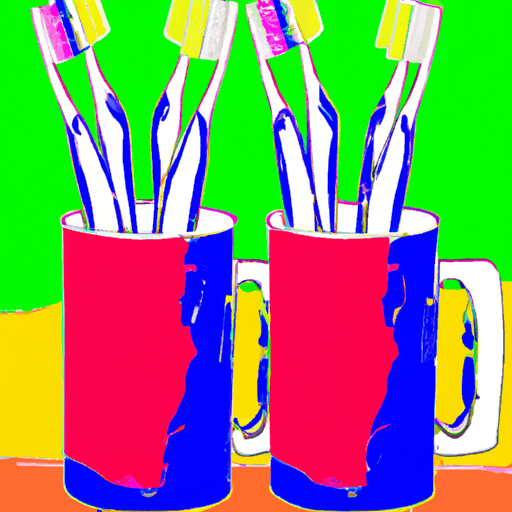
Bacteria-Busting Mouthwash
Medium

Let's find out which mouthwash is the most effective against bacteria. We'll compare four different types of mouthwash and see which one kills the most oral bacteria.
Hypothesis
The hypothesis is that the mouthwash containing sodium fluoride will work the best because it is an oxidizing agent, which kills bacteria and prevents more sulfur compounds from generating.
Method & Materials
You will swab the back of two people's tongues with cotton swabs, rinse their mouths with water, rinse their mouths with one of the mouthwashes, swab the back of their tongues again, and then compare the amount of bacteria grown four days later.
You will need a petri dish, four types of mouthwash, cotton swabs, and a marker.
Results
The experiment showed that the zinc chloride mouthwash Lavoris had the least amount of bacteria growth and thus worked best. Further experimentation should use each mouthwash for two consecutive weeks instead of just once.
Why do this project?
This science project is interesting because it tests the effectiveness of different types of mouthwash against bacteria.
Also Consider
Variations of the experiment could include testing different concentrations of the mouthwashes or testing the mouthwashes on different types of bacteria.
Full project details
You can find additional information and details for this science fair project here. Have fun exploring!Share this Science Project:
Related Science Fair Project Ideas
Can Sambucus Extract help you get over the flu faster? Find out in this science project!
Medium
Does eating ginger candy help reduce motion sickness? Find out in this fun science project!
Medium
Ever wondered which soda is the worst for your teeth? Find out in this fun science experiment!
Medium
Share this Science Project:
